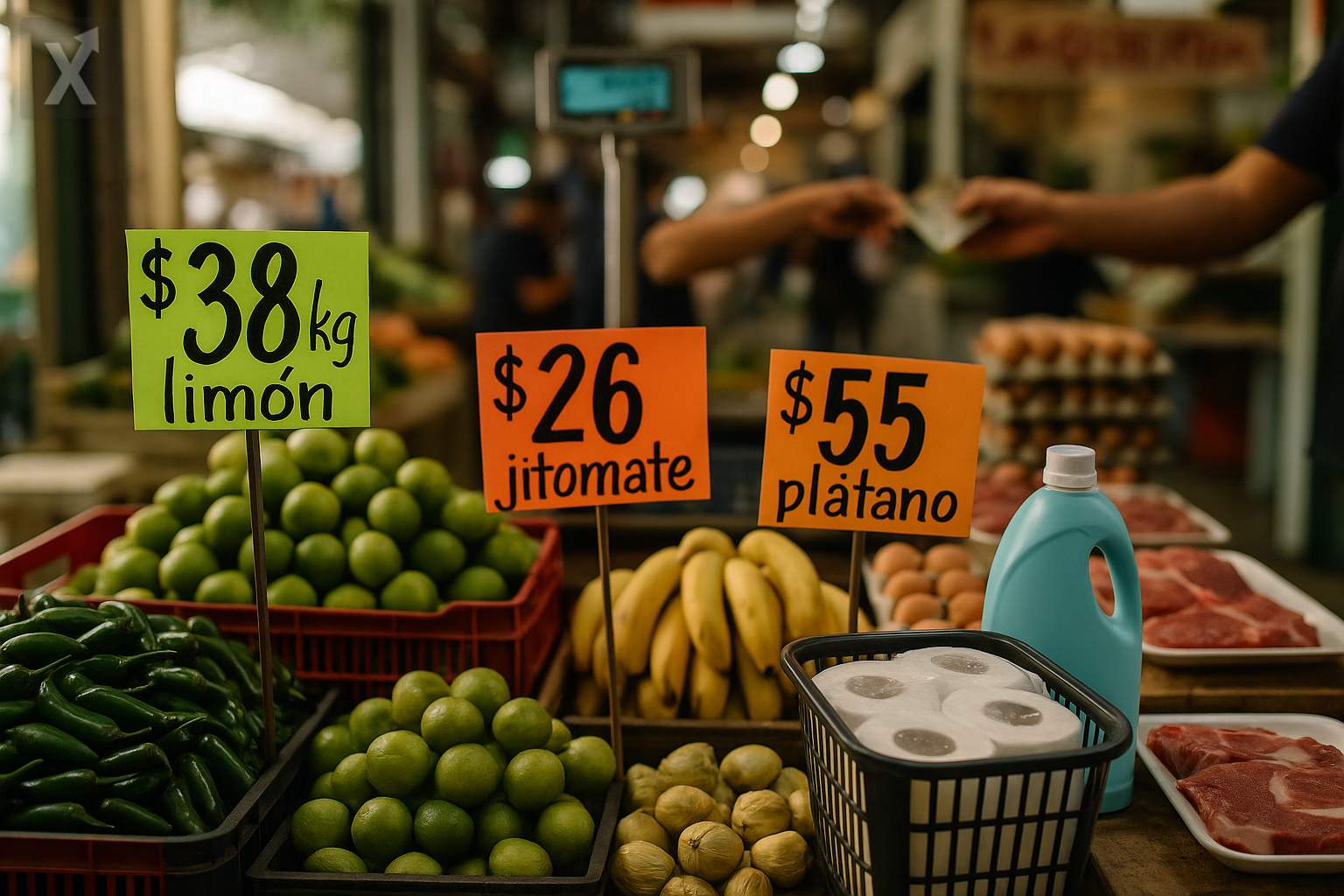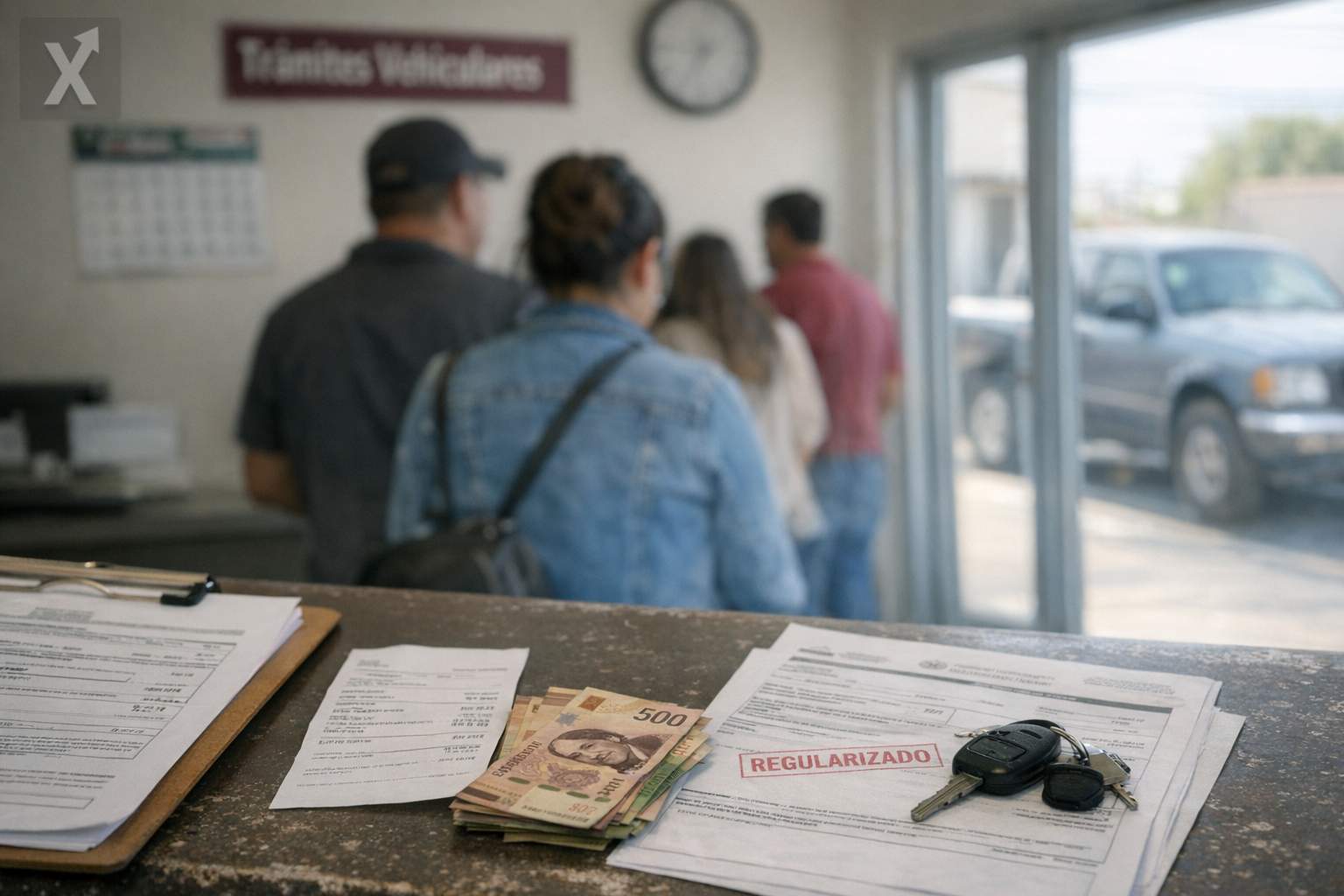Inflation Rises Marginally in the First Half of August, Leaving Room for Gradual Rate Adjustments

Annual inflation in Mexico increased slightly in the first half of August, reaching 3.49%, according to data from Inegi. The figure was just above the 3.48% observed at the end of July and below analysts' expectations, who had forecast 3.66%. This result confirms that overall price pressures remain contained, though with variation between categories.
Core inflation—which excludes energy and agricultural products—stood at 4.21% year-over-year, marginally lower than in July. With the headline figure within the Bank of Mexico’s target range (3% ± 1 percentage point) and core inflation declining only very gradually, the outlook suggests that monetary policy will remain cautious: the central bank maintains a restrictive stance, and any further rate cuts will depend on clearer signs of disinflation in the services sector and future inflation expectations.
By component, the largest increases during the fortnight came from agricultural products such as serrano peppers, limes, and tomatillos, as well as beef. In the services sector, small eateries, taco stands, homeownership costs, and university tuition contributed to overall inflation, while for goods, notable increases were seen in household items like detergents, skin creams, and toilet paper. Conversely, prices for tomatoes, chicken, eggs, bananas, and some services such as air transportation and movie theaters declined—categories with strong seasonality that typically moderate after the summer vacation peak.
This mixed performance reflects a familiar pattern: non-core inflation continues to show high volatility due to supply shocks in the agricultural sector and normalization of prices in tourism-related services, while core inflation—especially in services—is declining at a slower pace. Looking ahead to the next fortnights, it will be important to monitor the impact of school re-enrollments and tuition in September, as well as seasonal adjustments in electricity rates that affect some cities.
On the macroeconomic front, domestic demand remains relatively robust, supported by formal employment and wage increases that, on average, have outpaced inflation. Meanwhile, the exchange rate has experienced bouts of volatility tied to the U.S. interest rate cycle, financial flows, and global risk perception. The investment agenda related to nearshoring continues to boost manufacturing and logistics—especially in the north and the Bajío region—though bottlenecks in energy and water may affect costs. Weather factors—such as heat waves, droughts, or hurricanes—remain a risk for agricultural prices.
For households, the August reading indicates that the loss of purchasing power has moderated compared to the inflation peaks of previous years, though persistent inflation in services may limit faster disinflation. For businesses, the combination of rising labor costs and contained overall inflation points to a mixed margin environment, requiring greater operational efficiency. Medium-term expectations remain relatively anchored around Banxico’s target, but full convergence to 3% could be slower if services inflation does not ease more decisively.
Looking ahead, the market will be watching: the trend in services inflation after the start of the school year; how agricultural prices evolve amid weather risks; the behavior of the exchange rate and its pass-through to prices; and monetary policy decisions, where any cutting cycle is expected to be gradual and dependent on clear evidence of sustained disinflation. Any adjustments in administered prices and tariffs, as well as the federal budget debate, could also impact the inflation outlook toward year-end.
In summary, the fortnightly uptick was modest and below expectations, with headline inflation within Banxico’s range and core inflation easing slowly. The scenario supports a data-dependent, cautious monetary policy, suggesting the path toward the 3% goal will remain gradual, with particular attention on services, agricultural products, and education-related seasonality.






